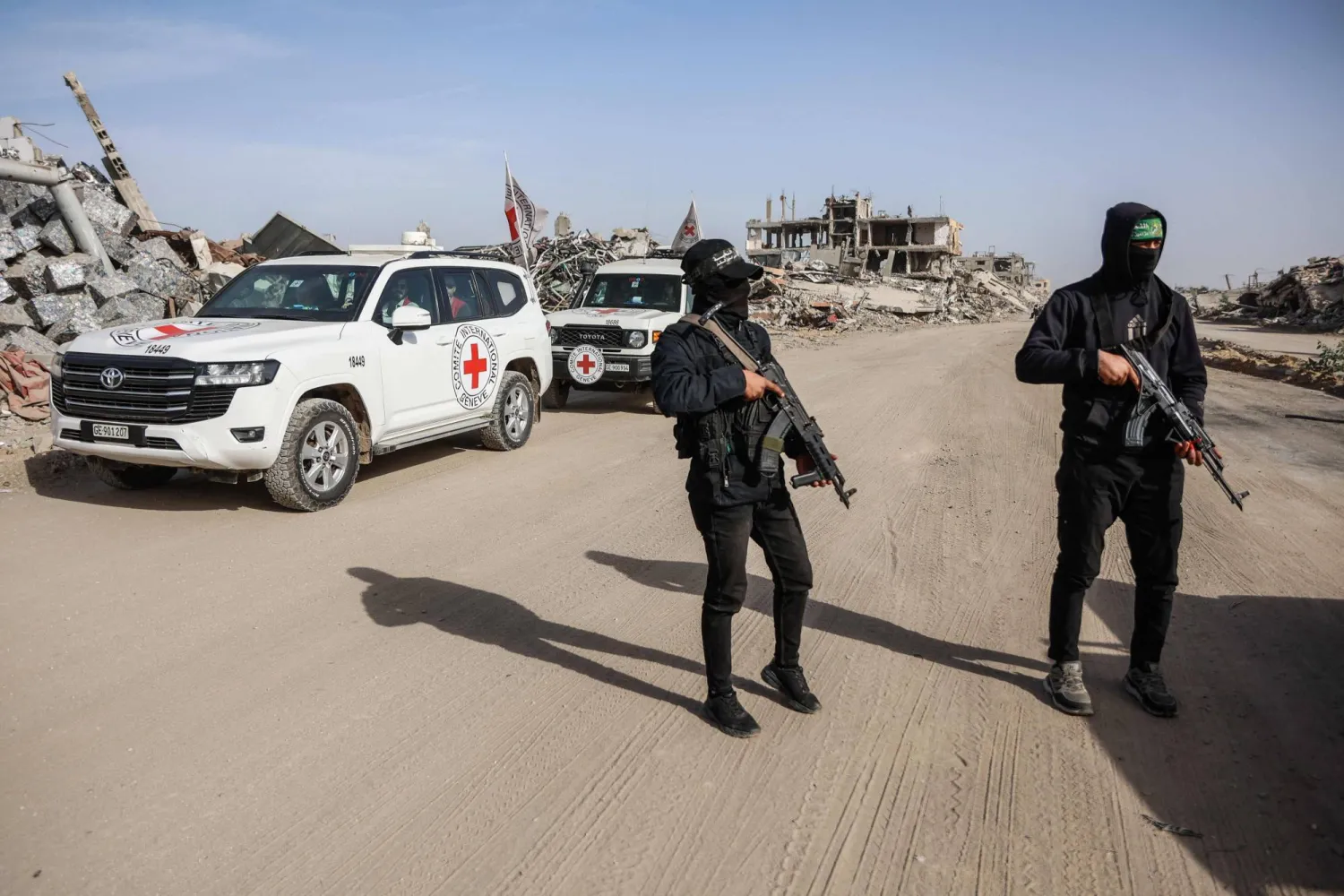Weeks of exceptionally heavy seasonal rains and floods have caused havoc across Yemen, killing dozens of people and destroying homes, agricultural land, roads and vital infrastructure, the International Committee of the Red Cross (ICRC) said in a report on Wednesday.
The floods have also moved unexploded ordnance to residential and agricultural areas, posing a grave risk to civilians, it added.
The ICRC stressed that floods have added another layer of suffering for millions of Yemeni people, who are already severely affected by over seven years of protracted conflict.
According to the report, at least 90 people, including children, have been killed across the country.
The United Nations Office for the Coordination of Humanitarian Affairs (OCHA) also said that an estimated 35,000 households, most of whom are internally displaced, are reported to have been affected by floods across 17 governorates between July 28 and August 10.
The ICRC revealed that Yemen is struggling to cope with the conflict's consequences, including displacement, growing food insecurity and the imminent risk of system breakdown as all essential services – water, electricity, sanitation systems and health care systems are extremely fragile.
“Heavy rain and flooding have also increased the spread of seasonal and waterborne diseases like cholera, dengue fever and malaria, which continue to claim lives in a context where only 51% of health facilities still function,” ICRC said in the report.
“This year was the first time Hajjah has seen such torrential rains, we are not used to such floods,” the Committee quoted Yemeni citizen Abduljaleel as saying.
Abduljaleel, whose neighbors lost their homes because of recent flooding in Hajjah city, added that many people found themselves homeless and their belongings and fields completely ruined overnight.
“If this heavy rain continues, many more people will lose their homes, property and farmland.”
The Yemen Red Crescent Society (YRCS), with support from the ICRC and other movement partners, have so far assisted more than 8,239 families in 10 of the most affected governorates, providing food and non-food items.
YRCS volunteers continue search and rescue operations for those who have gone missing because of the floods, as well as to provide first aid to those injured.
“The floods have affected agricultural land, which will greatly exacerbate food insecurity in a country where up to 19 million are food insecure,” said Mulan Giovannini, the ICRC's Deputy Head of Delegation in Yemen.
YRCS Disaster Management Coordinator Abdullah al-Azab said: “Despite massive challenges, the YRCS is working around the clock to assist victims of the floods, but the needs are massive. It's important that those who have been affected are able to receive the lifesaving assistance they need.”
According to the data collected by the ICRC, 1,300,000 people have benefitted from the ICRC's support to 26 hospitals and 31 primary healthcare centers in different parts of the country since the beginning of 2022.
The ICRC has also supported more than 200,000 people with food and non-food items, including shelter and cash.
It conducted 20 visits to 15 places of detention in different parts of Yemen and supported six prisons around the country to improve access to health services for more than 8,000 detainees.
With the ICRC's support, 122 detainees were reunited with their families and loved ones. The ICRC and the YRCS have assisted more than 224,000 people through different joint activities.









